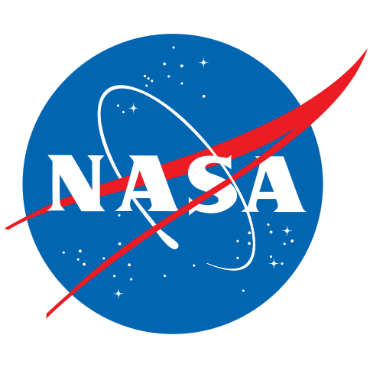The future of tech, according to NASA

The agency hopes to apply its engineering know-how to get the most out of buzzword concepts like agile, big data and wearable tech.

Befitting the agency responsible for sending Americans into space, NASA doesn't want anything about itself to be static -- not its data, not its innovation and not its employees.
Deborah Diaz, chief technology officer for IT, said the space agency is creating a roadmap for how to rapidly modernize existing IT infrastructure and adopt and implement new technologies to transform how NASA performs its mission.
One month into 2015, NASA has defined several areas of focus in order to extract the most value out of its data, better enable its IT workforce and utilize the latest technology in the market.
Getting new tech in more hands
Diaz said wearable technology, augmented reality, the Internet of Things, 3D and even 4D printing are all being developed for use by NASA employees.
The most visible example is probably the 3D printer sent into space to help astronauts on the International Space Station, but that is far from the only innovative technology being rolled out.
"We've been doing experiments with wearables," Diaz said. "Our scientists and engineers can use those to do business in a different way. To be able to use a smart watch to control things in a lab, it gives us a different way to apply science."
One example of this is the hologram of Mars that NASA is working on with Microsoft. The agency and the software giant have teamed up to develop OnSight, designed to enable scientists to work on a virtual Mars using wearable technology from Microsoft.
Giving data legs
A year ago NASA had only 25 datasets published online. It now has 4,000.
But throwing a mass of data up on the web is not the agency's goal.
"Just putting your data up into the cloud, if you don't ingest it correctly, if it's not machine-readable -- it doesn't do you much good," Diaz said. "We've been working closely with engineers and business partners to improve data workflow and integration. And we are also working with people in the grants and contract community to obtain data in the right format at inception rather than having to clean and normalize data sets after submission. That way we know we are getting the data that is in the right format."
NASA has developed new algorithms that have helped it improve its own data analysis. Data scientists are also working on data tracing and following the lineage of data throughout its lifecycle, as a way to follow its value and enhance it. And the agency is increasingly embracing APIs and open source to both ingest and publish more data.
"We're using data, being able to tell visual stories and showcase meaningful and actionable metrics to improve productivity and give real-time information, not static data," Diaz said. "APIs give us ways into different data sets, gives us new opportunities to track usage, so we can make better data sets available instead of straight data downloads."
Sometimes, that can be a lot like trying to patch a hole in a bucket that's filling up with water -- it's as much about repairing old data as it is preparing the new data.
"In the tight budgets we have right now, you have to resolve efficiency and costs issues at the same time you have these massive data sets coming in," Diaz said. "There's data from the past that needs to be fixed and then a massive inflow of information."
NASA's data working group is led by the OCIO and includes all of NASA's mission stakeholders, scientists and engineers working in data. Diaz said it's the first time all of those parties have worked together.
"We've realized that data itself is the life blood of NASA," Diaz said.
'Rapid agile prototyping'
Diaz describes much of what NASA is doing as "rapid agile prototyping."
Agile has been a popular concept in government recently, achieving the status of buzzword. It's a common talking point for GSA's 18F hub and other agency innovation labs.
NASA's advantage is structure and experience.
"Part of why our delivery is fairly stringent is because of our engineering and processes that we've had for years and years," Diaz said. "Having standards and correct architecture. Having governance in place that makes us be agile."
As to whether or not NASA will be establishing a digital services team like a handful of other agencies, Diaz said the discussions are ongoing.
"The influx of ideas, and APIs ... that's the way we need to go in the future," Diaz said. "We're still discussing how a team focused in that area could enhance NASA services."


